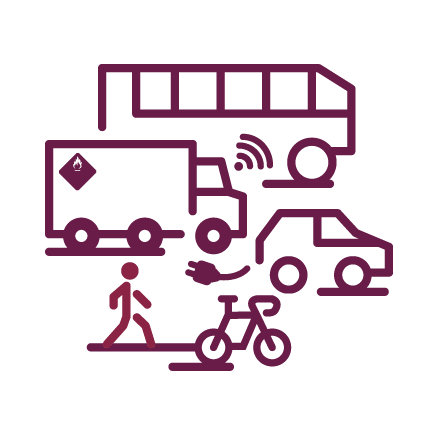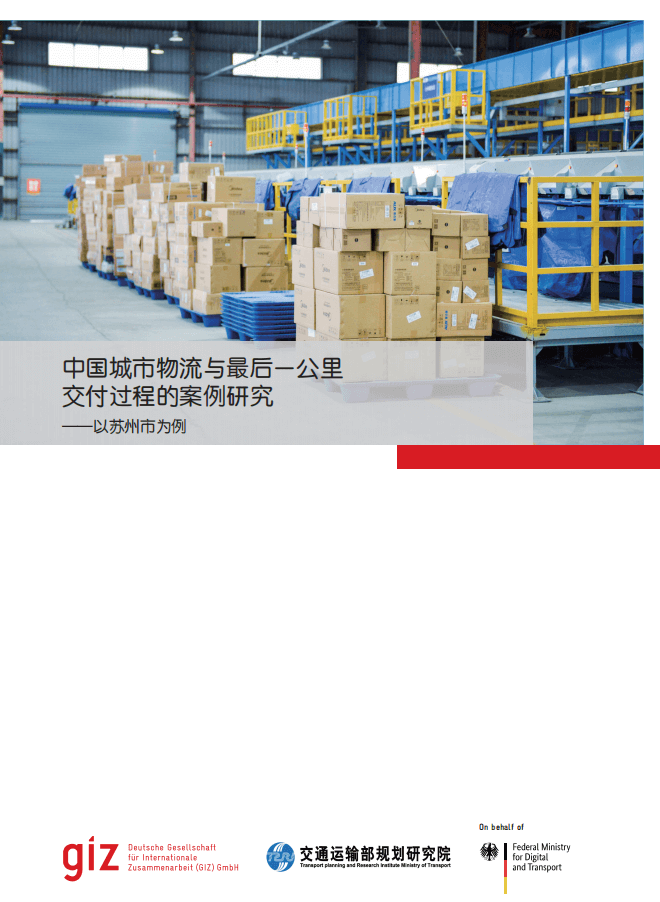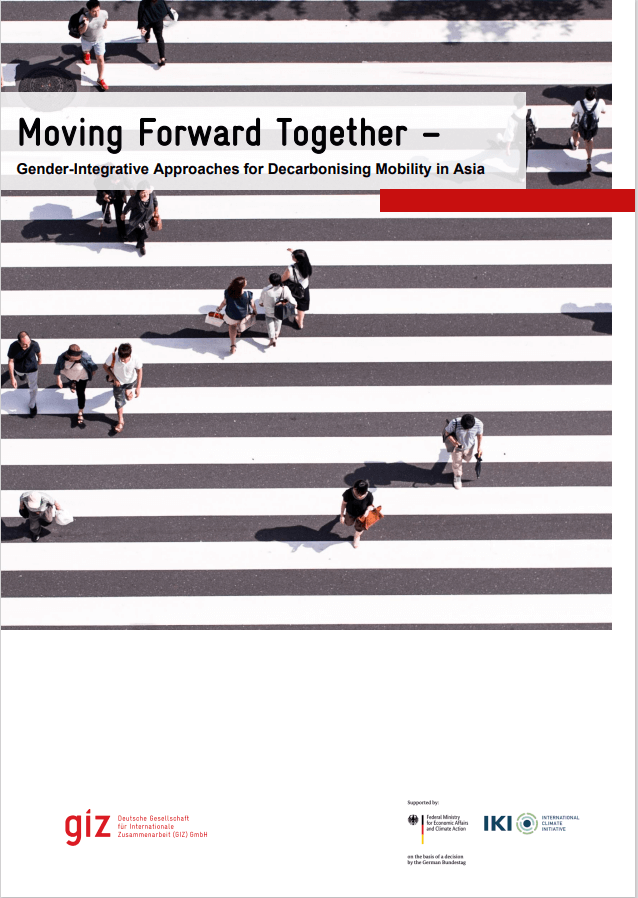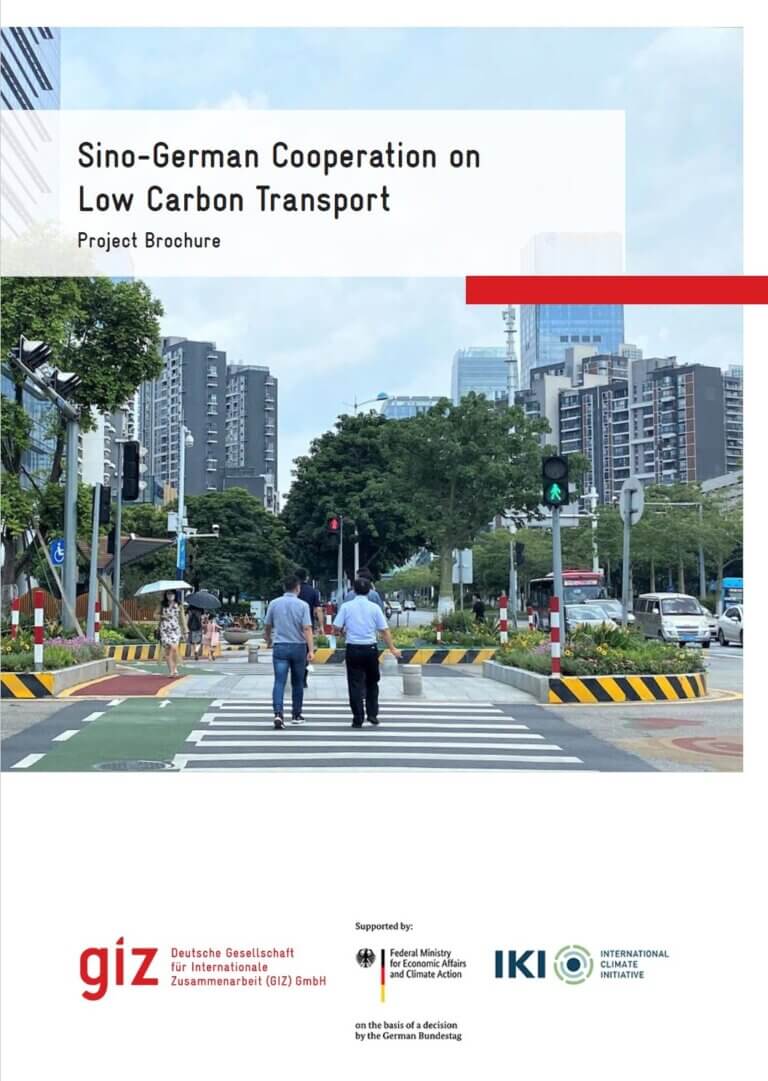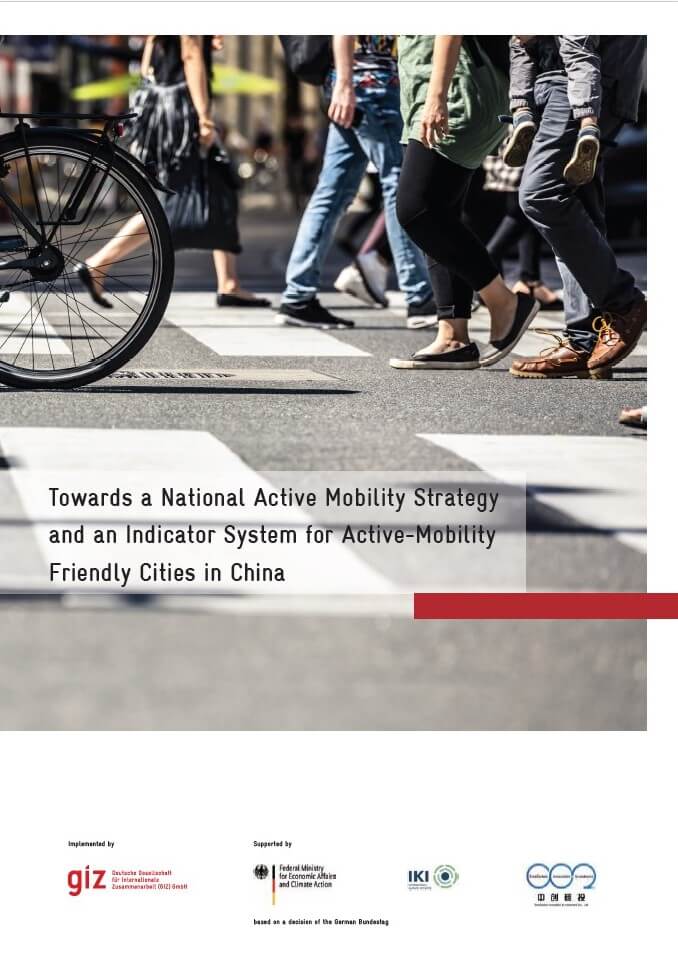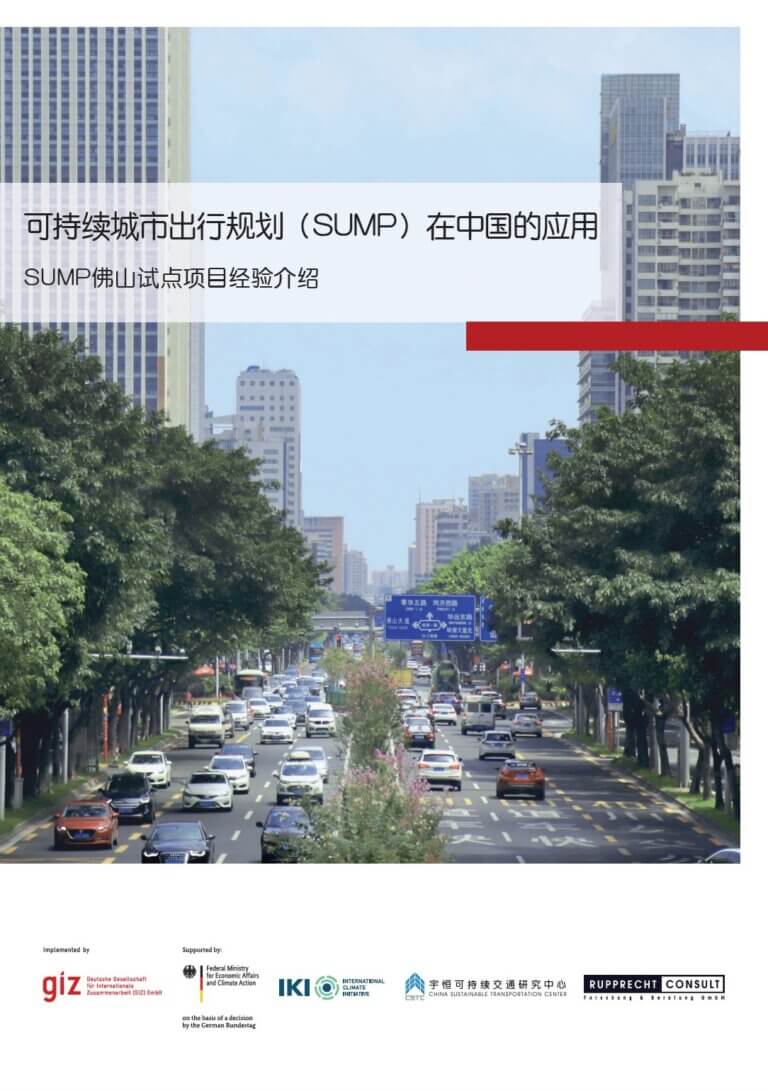The Chinese parcel delivery industry has experienced a continuous expansion in recent years due to a steady increase in e-commerce transactions. In order to meet customer expectations towards reliable and rapid parcel deliveries, efficient logistics and last mile delivery processes must be ensured. Simultaneously, urban logistics procedures are key to reduce waste and emissions-related to transportation. Therefore, urban agglomerations and their parcel service networks are essential to promote the development of technological innovation as well as low carbon delivering methods and thus are benefitting a closer investigation.
This study by the Transport Planning and Research Institute (TPRI), affiliated to the Ministry of Transport (MOT) of the Peopleʼs Republic of China, concentrates on the development of parcel distribution centres and services regarding last mile deliveries in the city of Suzhou. Suzhou represents an exemplary metropolis which is characterised by a growing population as well as increasing GDP and a high population density. Based on data between 2011 and 2019, the study focusses on different distribution centres of parcel delivery services, analyses current delivery methods and recommends policies for future improvements. Furthermore, actual energy saving and emission reduction for Suzhou’s parcel delivery industry are examined.
The study reveals that the use of a centrally managed platform, intelligent parcel locker systems and the optimisation of organisational aspects, instead of the expansion of vehicles, are crucial to meet environmental targets and to realise efficient last mile deliveries. In addition, integrated warehouse and distribution solutions greatly reduce the cost of warehousing and logistics operations. Moreover, the COVID-19 epidemic has especially resulted in an increasing demand for contactless delivery and thus fostered the development of real-time deliveries. Further results and subsequent policy recommendations can be found in the full document below.
